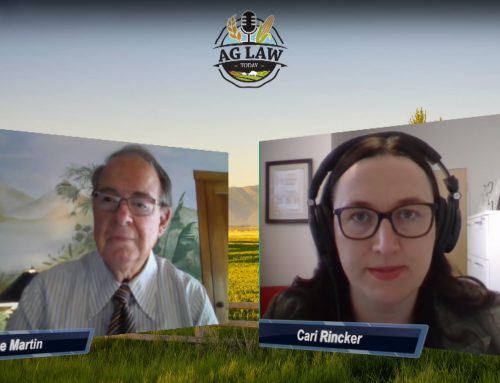Citrus Greening has ravaged the Florida citrus industry for the last 10 years, and the stakes keep getting higher and higher. In early December, the USDA released an updated citrus forecast, and the outlook was anything but rosy. According to the new estimates, the USDA is forecasting only 69 million boxes for all oranges, which is 29 percent less than last year’s total numbers. While some of the low numbers are due in part to last year’s freezing temperatures, production of oranges overall has fallen by over 50 percent since HLB was detected a decade ago.
The industry is doing its best to cope, but stories of citrus land sales and producers pulling out or diversifying abound. Replacing trees has been one way that producers have been coping with HLB, and the USDA’s Agriculture Research Service released the US-1516 rootstock for commercial use in Florida in early December to meet demands.
On the bright side, the research that’s being poured into the problem is impressive. Here are a few of the most promising avenues of research being conducted:
-Growing under screen house structures: UF/IFAS professors are currently testing the viability of growing citrus trees completely enclosed within screen structures. The idea is to keep the HLB-spreading Asian Citrus Psyllid from reaching and infecting citrus trees in the first place. There are numerous other benefits as well, such as protection from the elements and other damaging pests.
-Bactericides. The purpose of bactericides is to combat the HLB bacteria in infected trees. Three different bactericides are in the process of obtaining Section 18 emergency exemptions from the EPA.
-Genetically-Modified Citrus Trees. UF Professor Jude Grosser has taken a gene from a plant from the mustard family and inserted it into citrus tree DNA. The gene activates a process in the citrus trees themselves that creates enhanced disease resistance. Results of the research have been promising, but such citrus trees likely won’t be available for several years.
Hopefully, researchers will find a treatment or cure that will allow the citrus industry to recover and beat HLB. The next USDA citrus update is slated for mid-January.



